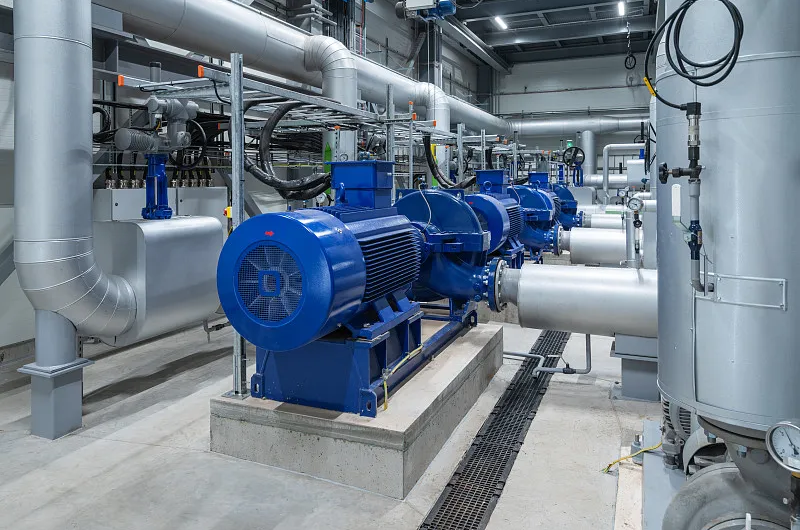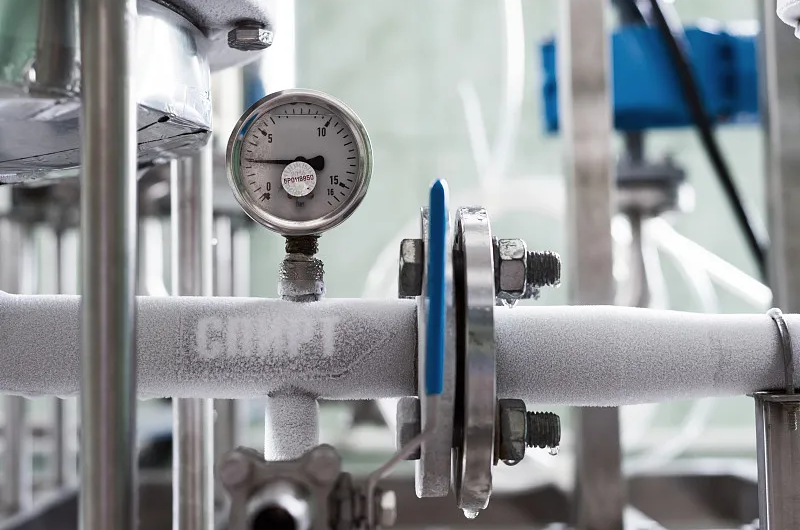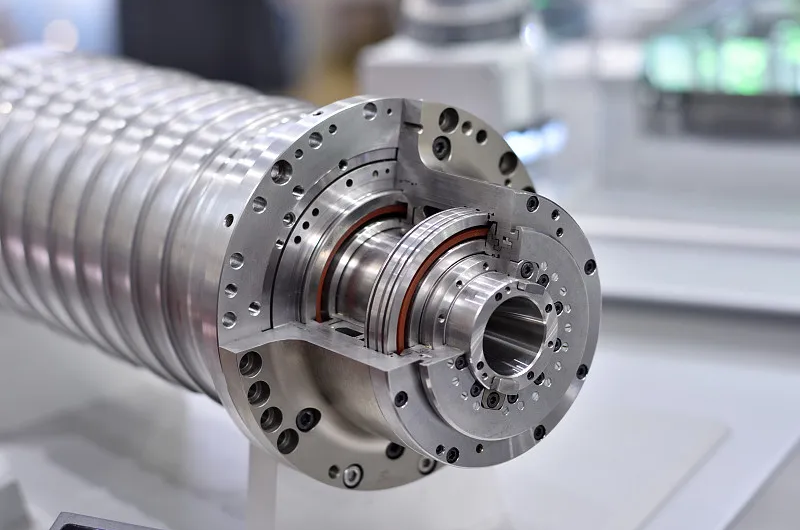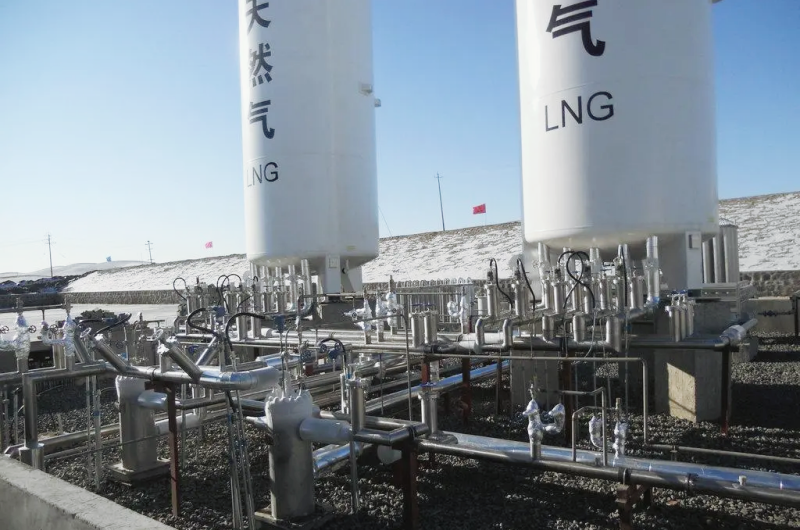The ultra-low temperature bearings can be used in LOX pump, liquid nitrogen pump, LPG pump and other cryogenic liquid pumps.
These cryogenic pumps require that the bearings have long life and high reliability, and can use LOX, liquid nitrogen, LPG and other media for lubrication; In recent years, with extensive use of cryogenic pumps, the requirements for long service life and stability of bearings are higher and higher. Furthermore, in order to enhance the efficiency of pump, the application of variable frequency control motor has been popular. At the same time, the requirements for abrasion resistance and electrical erosion performance on bearing are also getting higher and higher, to this end, the material of bearing rolling element is gradually converted from the original stainless steel to the ceramic material with better wear resistance and insulating properties, in order to adapt to the new working conditions.
We use X-life Cronidur 30 high nitrogen stainless steel(440C stainless steel is also avalable) for the inner and outer rings materials of “XZBRG” cryogenic pump bearings, and also the special heat treatment process and cold treatment process. The rolling element uses high performance hot isostatic Silicon Nitride ceramic balls and specially processed higher precision raceway, special coating applied makes the bearing extremely good performance, making that the XZBRG bearing has excellent corrosion resistance, abrasion resistance and anti-fatigue properties, and can use LOX, liquid nitrogen and LNG to be lubricated. The replacement cycle of “XZBRG” cryogenic pump bearing is about 6 times longer than conventional bearing. The “XZBRG” cryogenic bearing will bring you the following benefits:
1. The replacement cycle of “XZBRG” cryogenic pump bearing is about 6 times longer than conventional bearing.
2. Reduce the maintenance and other costs.
3. Reduce unplanned maintenance shutdown.
4. Avoid major failure pump.
5. Minimize the production losses.
6. Extend equipment life.
7. Improve operational safety.
8. Reduce secondary damage of pump components.
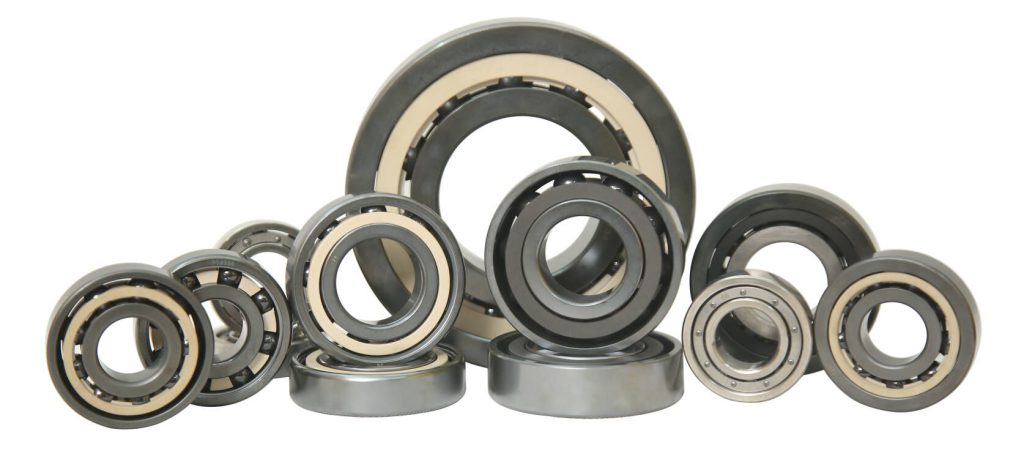
APPLICATION:
